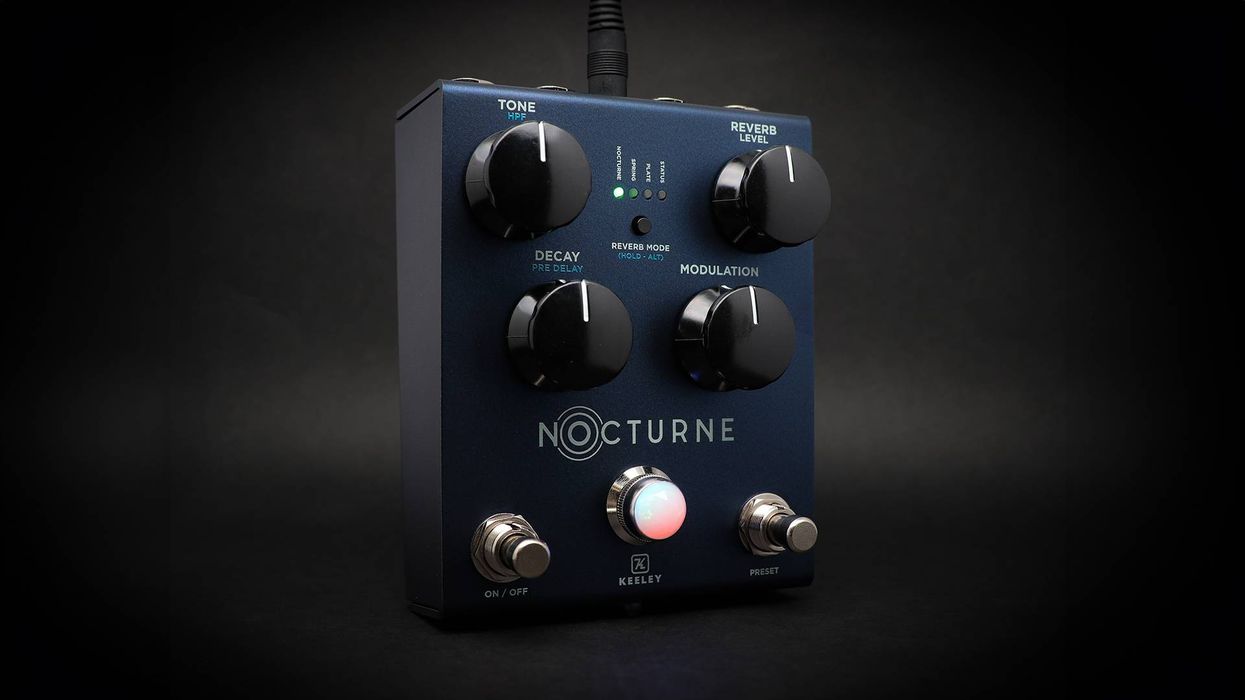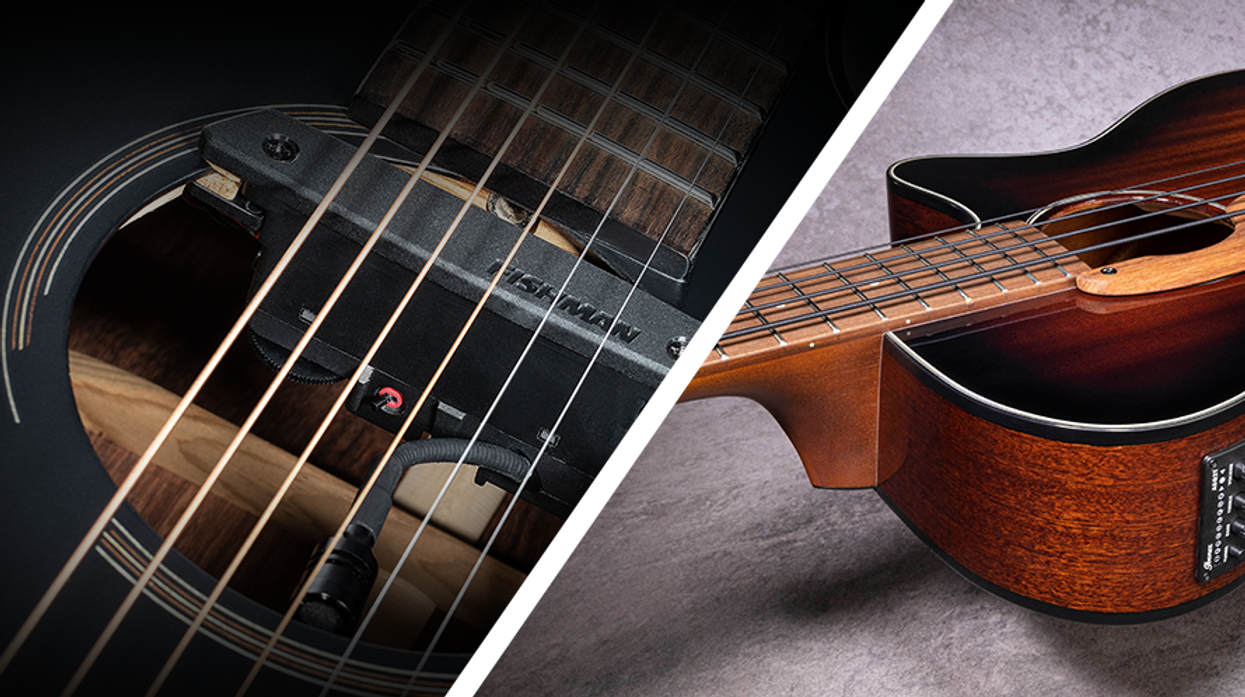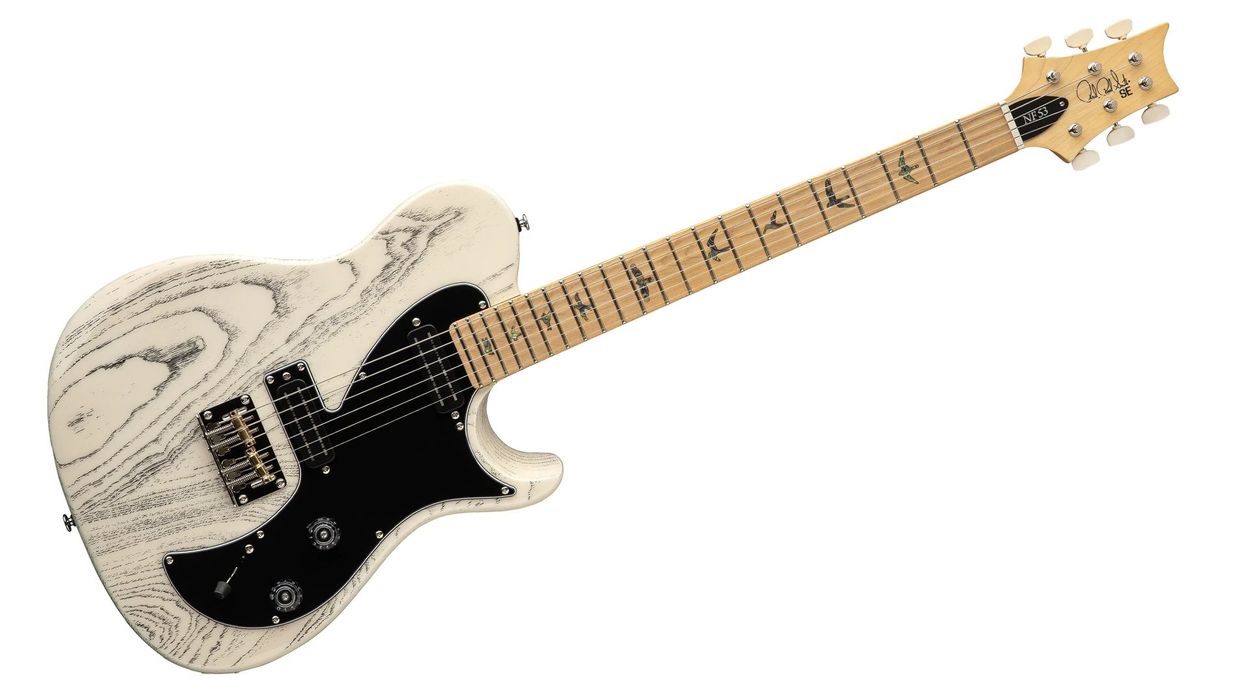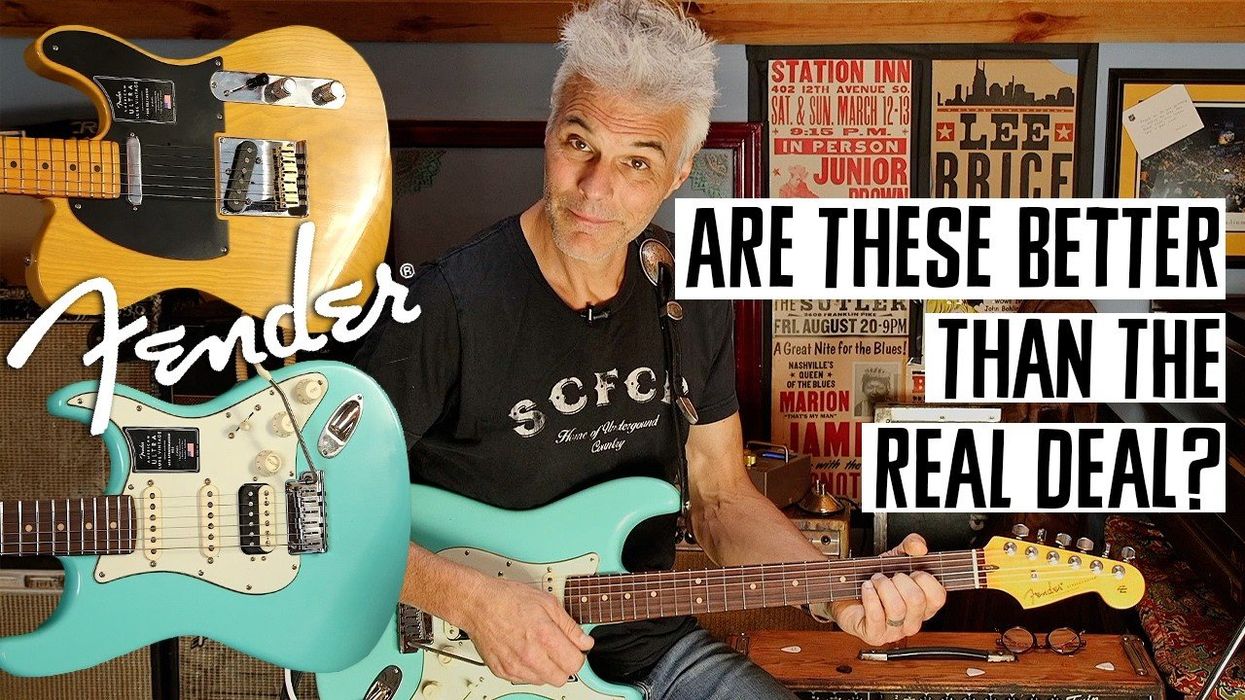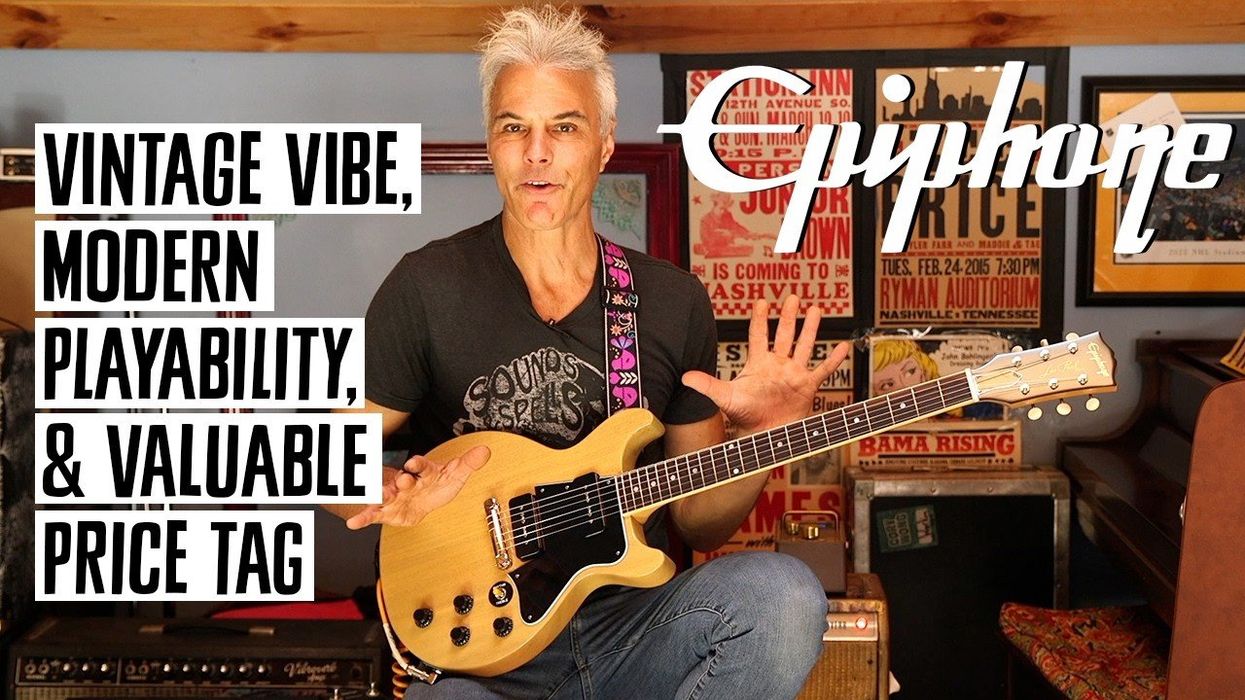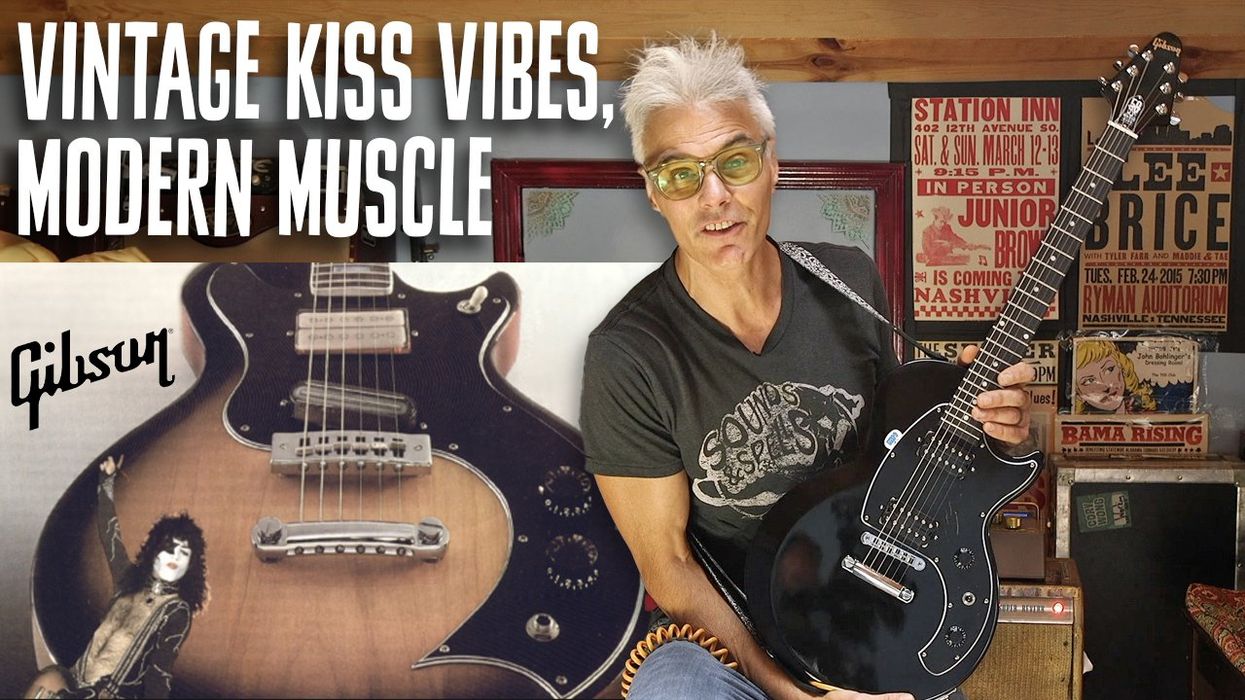If you check websites offering relatively recent used guitars, you’ll notice that many of the descriptions sound alike. Things like “zero fret wear” or “10+ condition” or “like new” seem to suggest that while a guitar is, in fact, used, it never saw much actual use. Guitar shop employees and dedicated musicians will often snicker about someone who buys a new Martin or Paul Reed Smith every year or two and apparently never plays them, as if it’s a flaw in the character of the purchaser. But maybe all those unplayed used guitars are a sign of something far more positive—not merely proof that many people who buy new guitars are too lazy to practice.
Just what is a guitar when it isn’t being played? We all know that a guitar is a tool for making music, but isn’t it also much more? If you think of the number of posters and media images prominently featuring guitars, it’s obvious that both acoustic and electric versions of the instrument are powerful icons of freedom, protest, and artistic expression.
That a guitar’s curvilinear shape is also considered romantic—or even downright sexy—is widely known. But what many people don’t realize is that both the shape and sound of the guitar are romantic ideals from over two centuries ago, when the guitar evolved from similar fretted-stringed instruments like lutes and citterns. When you think of a lovesick guy serenading his girlfriend beneath her window in the moonlight, what instrument is he playing? Sure, you can sing love songs while playing the violin, but fiddles don’t really fit that scene and pianos are, of course, too cumbersome. Whether strapped on the back of someone riding a Harley, walking along the railroad tracks, or strolling a busy New York sidewalk, the guitar is the shape associated with many of our romantic dreams—even when there’s no sign of it being played.
Is it any wonder, then, that people buy guitars and don’t necessarily play them? What if a poster of a guitar isn’t enough and they would rather have the real thing on their walls? If you like horses and what they signify, having a real horse instead of a painting of one is a huge commitment and an impossible leap for most of us. Motorcycles are a bit easier when you want to jump from looking at a poster to feeling the real thing, because they don’t have to be fed every day.
But guitars aren’t much more trouble than a pair of hiking boots, and no more dangerous. Speaking of hiking boots, there’s probably a pair in your closet that hasn’t seen near the amount of scenic trails you imagined when you bought them. Be it gym memberships, easels, golf clubs, bicycles, or surfboards, the list of inspired purchases whose potentials go unrealized is a long one for most of us. If that’s not true for you, congratulations—but what about that pair of jeans you bought in hopes of being able to fit into them later?
A large portion of the inventory of unplayed, recently made guitars can be attributed to the explosion of brands and models in the last 25 years. After the extreme guitar drought of the early to mid-1980s, the guitar’s popularity came roaring back in the 1990s just as new CNC technology was giving manufacturers more production capacity and flexibility than ever before. The result was a bewildering flood of new models and limited editions, until promotional advertising made guitar magazines look more like catalogs.
Online forums have also amplified the onslaught of new guitar models and tweaks to familiar ones to make them more like prized, vintage examples. Who wants to read a posting from an online pal about the sound of the same guitar he’s been describing for the last decade? Active guitarists often can’t resist the temptation to “expand their sonic palette,” as one advertisement put it, but many of those experiments in different woods, neck shapes, or finishes don’t stick. Even the guitarists who practice every day often find that a new model that seemed enticing was, in the long run, too big or too small, had too much bass or not enough of it, or something else. And then the new addition winds up languishing in its case (except when their familiar favorite goes in for yet another fret job).
There’s another compelling reason why we should stop criticizing those who buy guitars but don’t put them to use. Just think of how much money they save the next purchaser of that used-but-unplayed instrument! Most of these “underused guitars” have been well cared for and look great, but sell for a lot less than the equivalent new example. Whether you want to expand your collection or your sound, or both, you can do so without constantly facing obvious dings and scratches left by the previous owner.
Remember: Guitars mean different things to different people and it’s not just the music they produce that varies. So enjoy!



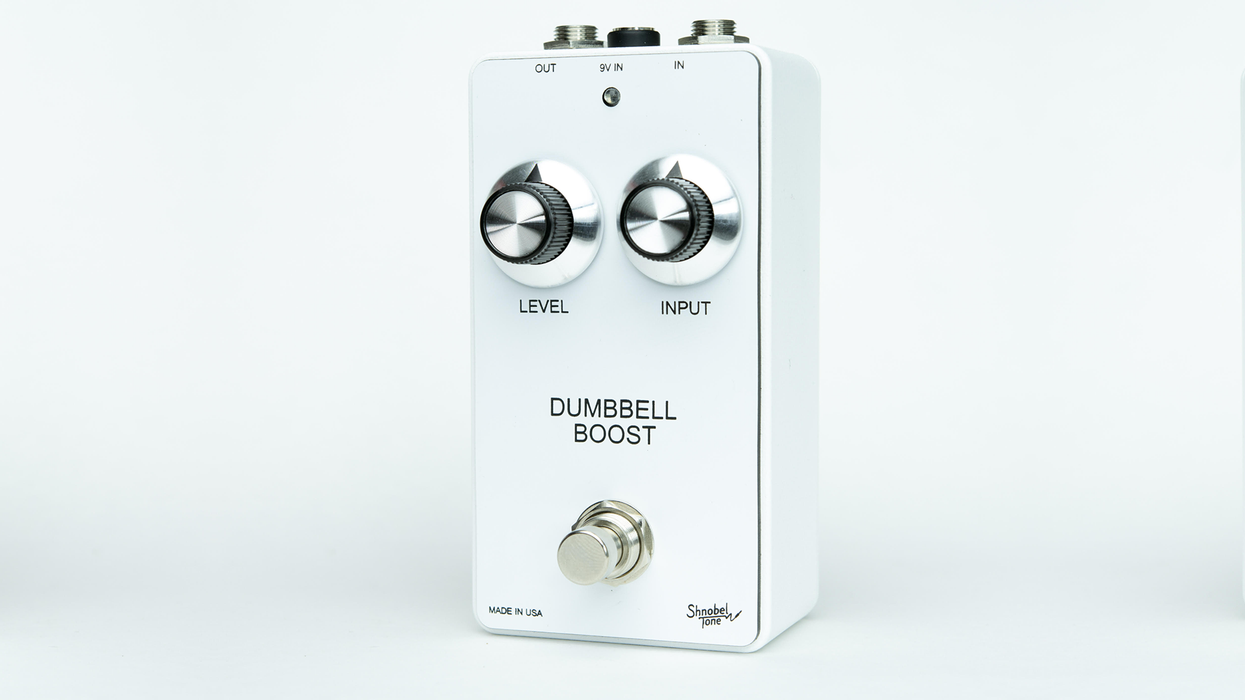

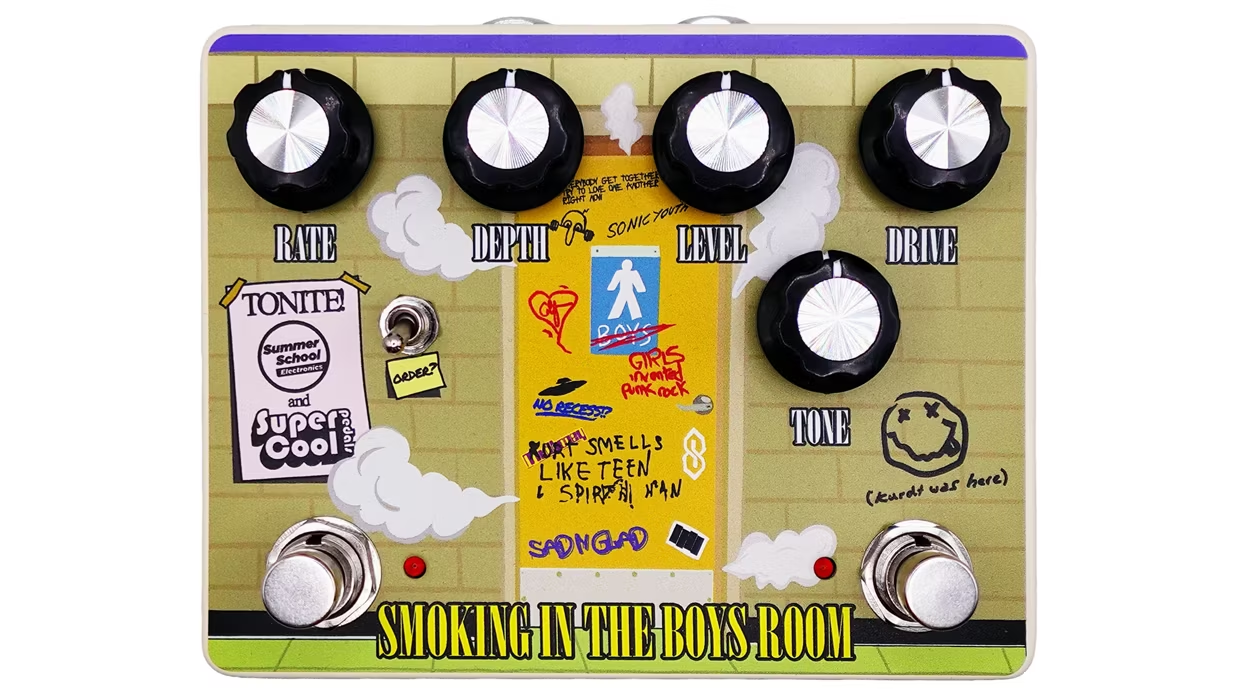

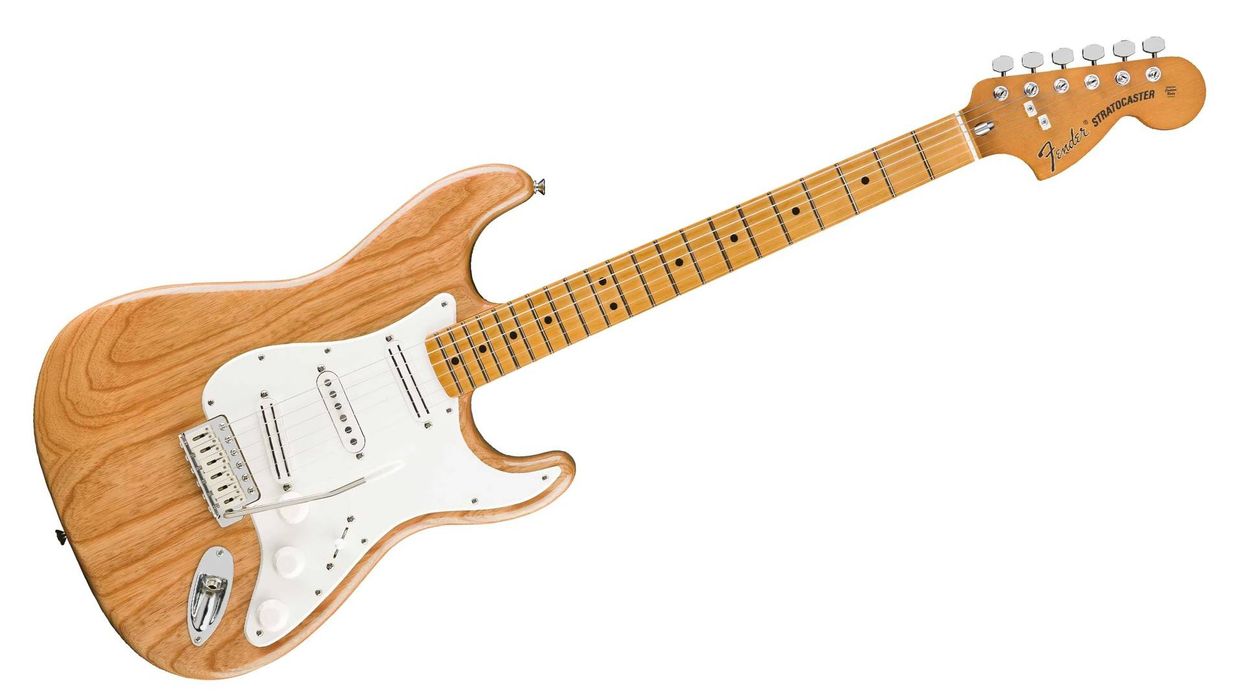


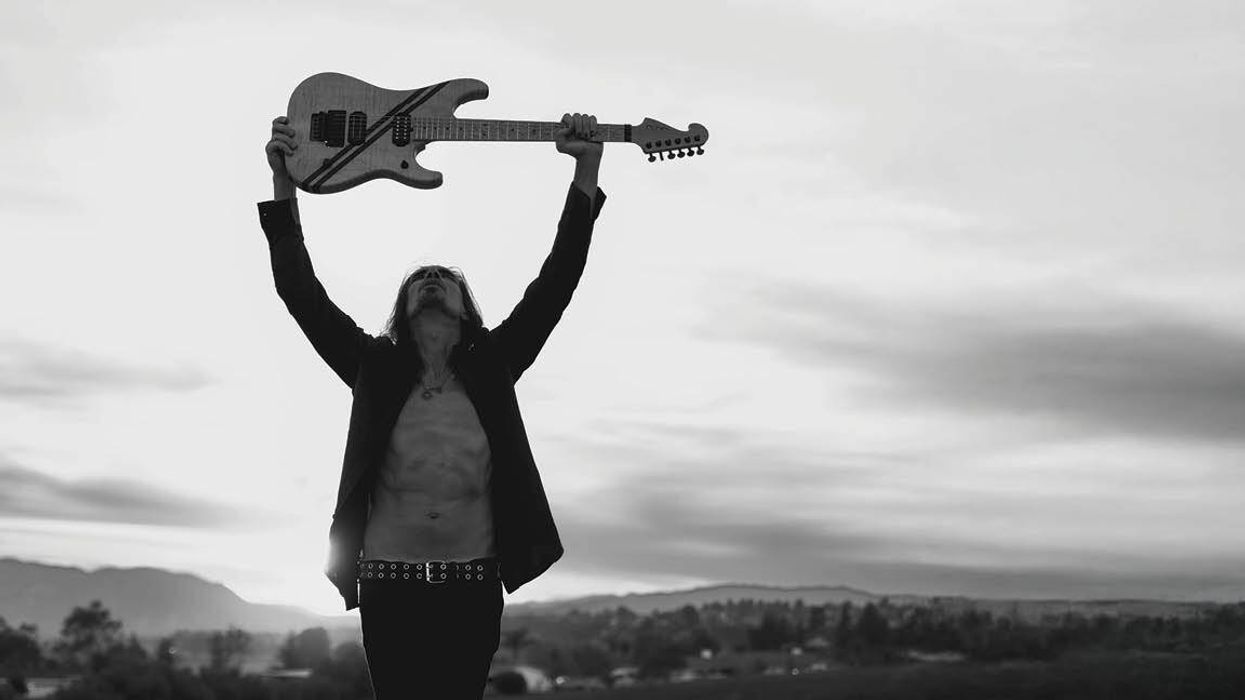
![Rig Rundown: Russian Circles’ Mike Sullivan [2025]](https://www.premierguitar.com/media-library/youtube.jpg?id=62303631&width=1245&height=700&quality=70&coordinates=0%2C0%2C0%2C0)

